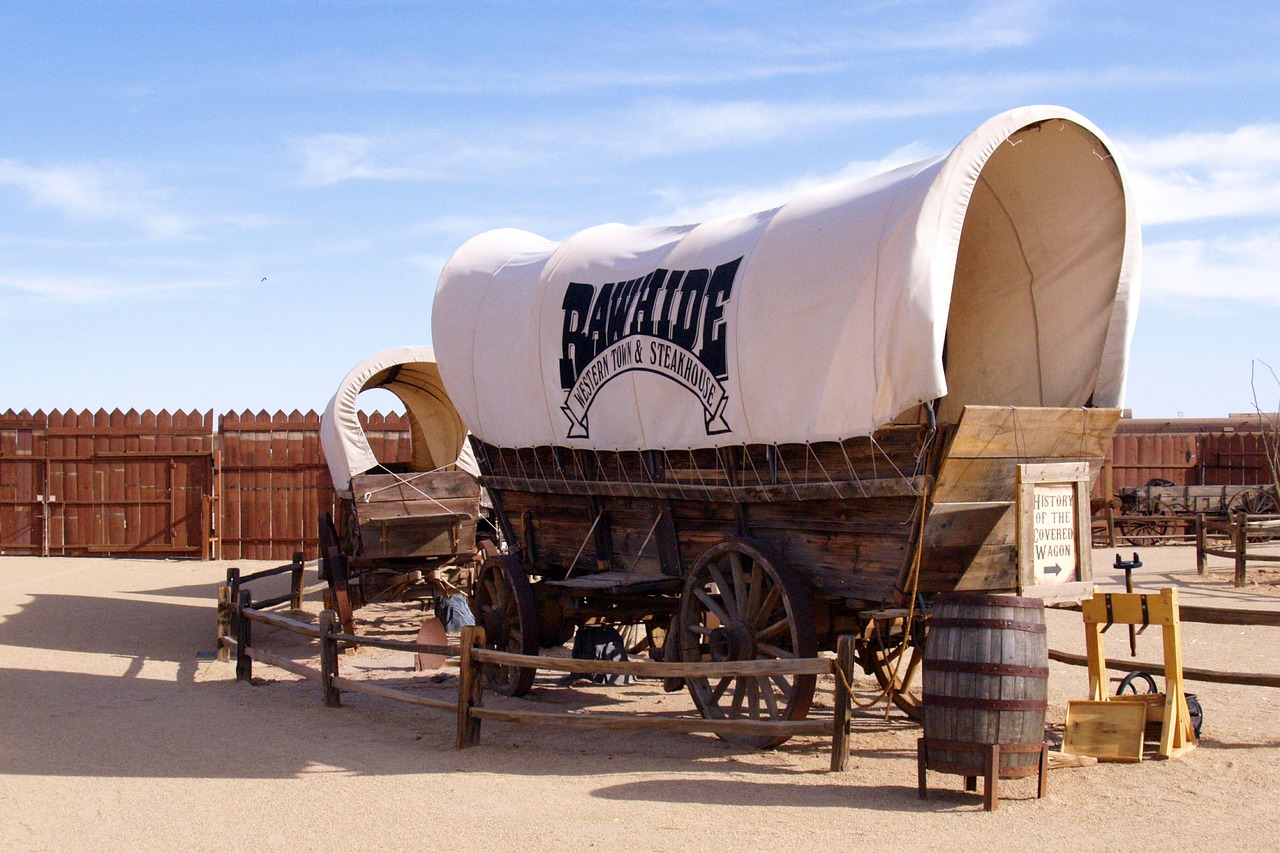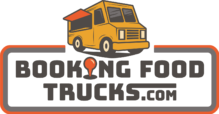
How Charles Goodnight’s Ingenuity Paved the Way for Mobile Culinary Experiences
Innovation on Wheels
Street food has become increasingly popular in recent years, but it is not a new concept. It’s been around in many cultures for longer than we’ve been alive. In fact, the concept of mobile food precedes even the existence of motor vehicles. Noted as the precursor to the food truck is the Chuck Wagon, introduced by a man named Charles Goodnight. In this blog, we will take a closer look at the Chuck Wagon and delve into the history of the food truck as we know it.
The Birth of the Chuck Wagon
Our story starts in the American West, after The Civil War. As the market for beef started to boom, cattlemen knew they needed to move cattle without a railroad, as it had not yet reached Texas. These cowboys were accountable for their food, bringing along whatever they could carry. One such cowboy, Charles Goodnight, was moving cattle from Texas to New Mexico, and it was during this time he created the Chuck Wagon.
In 1866, Goodnight repurposed an army Studebaker wagon and hired a cook. Together, they updated the wagon to feature steel axles, which would be able to handle the difficult terrain on their journey. Boxes, shelves, and drawers were also added to the wagon. A “chuck box” was positioned at the rear, a slanted box with a hinged lid that allowed for a flat space to work on. More drawers and shelves were inside the box to store supplies and cooking utensils. A “boot” was placed underneath the chuck box for larger items, including the Dutch oven.
The trend of the Chuck Wagon took off, becoming popular among trail drovers, loggers, and other groups traveling. Typical Chuck Wagons were around 10 feet long and 38 to 40 inches wide. They were kept dry by using waterproof tarps that were supported by bows. An awning was also frequently rolled out in the event of rain. Some wagons had a jackery box on the front of the wagon to store tools and heavy equipment. Second wagons were common among bigger ranches to carry extra supplies such as saddles and tents, while smaller groups used the wagon box to carry these items. A cowhide or canvas holding firewood and cow chips hung from underneath the cabin to fuel the fires. Attached to the outside of the wagon was a water barrel and coffee mill. Chuck Wagons were most often drawn by mules, but oxen were sometime used as well.
Trailside Gastronomy
Journeys on the trail could be many months long, making the cook an increasingly important team member. The cook even earned many nicknames such as “Cookie.” The Chuck Wagon cuisine was not quite as diverse as what can be found on modern food trucks, but they were able to make good meals with what they had. Their focus was on easily preservable items—including beans, salted meat, potatoes, lard, flour for biscuits, and coffee. The beef could be prepared in a variety of ways if they had a good cook, with fried steak being a favorite. If the cook was generous, he made desserts such as pie.
After about two decades, the railroad expansion meant there was no longer a need for trail drives, so the age of the Chuck Wagon came to an end. Some modern enthusiasts attend Chuck Wagon events today, celebrating the innovation and culture of an era long gone. We would not be where we are today without the hard work and dedication of innovators from the past. The story of the Chuck Wagon is a peek into the history of mobile food in America. Charles Goodnight had an idea that changed the way cowboys at that time sustained themselves on long journeys. While the Chuck Wagon no longer exists in the same way, mobile food has become a huge part of our world. Food trucks are an incredibly fun way to eat, whether you’re catering an event or visiting your favorite brewery. There are also an incredible amount of cuisines offered. If you’re feeling tacos, Thai food, or something else, there’s a food truck out there to satisfy your cravings.
